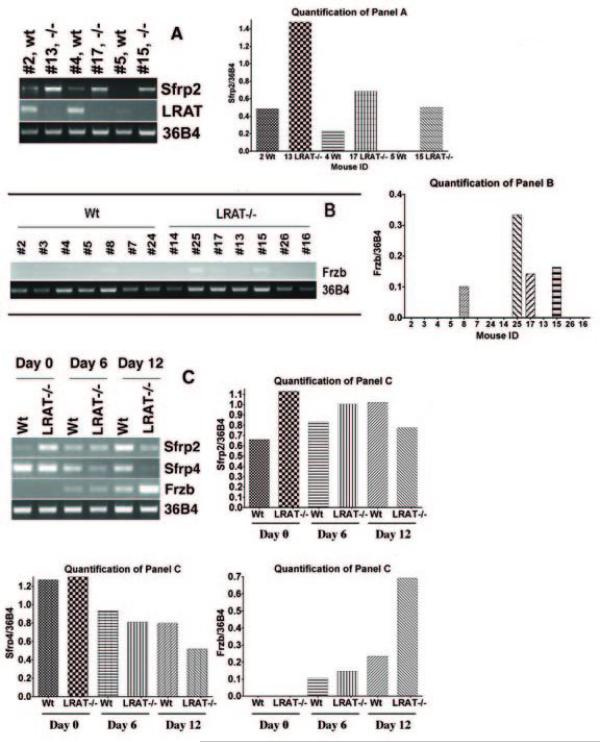Figure 3. Examination of gene expression in the tongue tumors and embryoid bodies by semi-quantitative RT-PCR.
All mice were on a vitamin A sufficient diet through the experiment. A. The level of LRAT and Sfrp2 mRNA in six representative tongue tumor samples (Wt: #2, #4 and #5; LRAT−/−: #13, #17 and #15). Higher levels of Sfrp2 mRNA were detected in the tongue tumors of LRAT−/− mice (#13, #17 and #15) as compared to the tongue tumors of Wt mice (#2 and #4). No Sfrp2 mRNA was detected from the sample #5 (Wt). LRAT mRNA was detected in all samples of Wt mice (#2, #4 and #5) but not in LRAT−/− mice. Sample #5 showed an LRAT band with a greater number of RT-PCR cycles; a faint band can be seen in Fig. 3A. Wt, wild type; −/−, LRAT−/−. B. The level of Frzb mRNA in tongue samples. Frzb mRNA was detected in one tongue sample (#8) from Wt mice and three tongue samples (#15, #17 and #25) from LRAT−/− mice. The pathological changes of these tongue samples are as follows: #8, moderate dysplasia; #15, moderate dysplasia; #17, moderate dysplasia; #25, inflammation. C. Measurement of Sfrp2, Sfrp4 and Frzb mRNA levels in cultured, undifferentiated murine Wt and LRAT null ES cells and embryoid bodies. Wt and LRAT−/− ES cells (Day 0) and EBs (Day 6 and Day 12) were harvested. Total RNA was extracted and the mRNA levels of Sfrp2, Sfrp4 and Frzb were examined by RT-PCR. The quantitation of the RT-PCR blots in panels A, B, and C is shown to the right of each panel; the quantitation was performed using Alpha Innotech FluorChem software and data are normalized to 36B4 mRNA levels.

